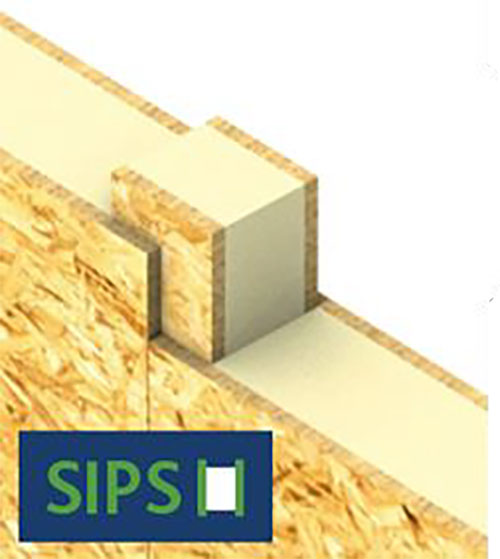What is Part L?
Part L is a section of the Building Regulations which standards set the levels of thermal insulation required when carrying out building work. These are expressed as a U-value which needs to be achieved. The required U-value will depend on the location of the project (England, Scotland or Wales), type of building (domestic or non-domestic) and the application (floor, wall or roof). Essentially the Building regulations in England set the standards for the energy performance of new and existing buildings.
What are the changes to Part L?
The headline is, all new homes will have to produce around 30% less carbon emissions than the current Part L document, which is part of a major update to Building Regulations. These new regulations are to be introduced for all planning applications from 15th June 2022.
- 30% cut on emissions from new homes, as well as a 27% cut on new buildings including offices and shops.
- New homes will adopt the Fabric Energy Efficiency Standard to measure energy efficiency.
- There will be a maximum flow temperature requirement of 55°C for new and replacement heating systems, as part of the Part L uplift.
- An appendix has been included in Part L which sets out a good practice specification for a home built with a heat pump.
Why is the update required?
The significant update provides an uplift to existing energy efficiency standards for homes and marks a steppingstone towards the introduction of the Future Homes Standard in 2025.
The Future Homes Standard has been set out by the Government in order to reduce household carbon emissions by at least 75% in comparison with existing levels. Homes built to the standard will need to be “net-zero carbon ready”. This means they will require no additional energy retrofit work to reach net-zero carbon emissions once the national grid is decarbonised.
How can Glosford help with this?
To achieve this, all new homes will need to have outstanding fabric performance, with potential thermal bridges carefully addressed, and to be heated by low carbon technologies such as air or ground source heat-pumps.
Glosford provide superstructures constructed from Structurally Insulated Panels (SIP’s) which have a unique
combination of low U/values, minimal cold bridging and superior airtightness.
We provide a simple yet effective solution to exceed the airtightness figures set out in the new regulations. It is not uncommon to achieve between 1 and 2 air changes per hour, whereas the new regulations are set at 5. The low air
permeability also increases the efficiency of low carbon heating technologies such as mechanical ventilation & heat
recovery (MVHR) and heat pump solutions.
The continuity of insulation, 96% of the wall and 99% of the roof, greatly reduces the risk of cold bridging and thermal loss in a structure.
In addition, Glosford’s attention to detail during design, CNC manufacture and whilst erecting your superstructure are truly market leading. This sets us apart from other methods of construction and other SIP suppliers. Please don’t take our word for it, have a look at the testimonial page on our website available here.
All of the above makes Glosford the ideal partner for your build.


